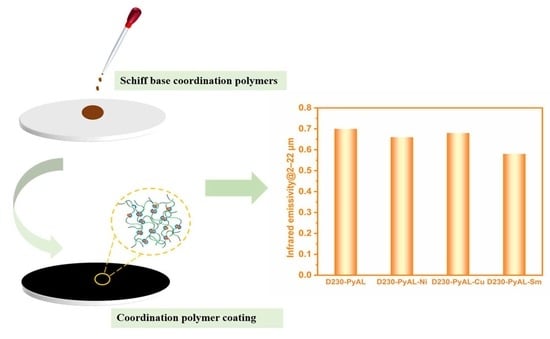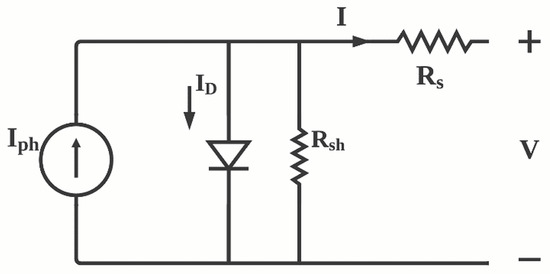Women in Polymer Science and Technology
A topical collection in Polymers (ISSN 2073-4360). This collection belongs to the section "Innovation of Polymer Science and Technology".
Viewed by 6525Editor
Interests: cold-cured adhesives and matrices for FRP employed in constructions; polymeric nanostructured adhesives and coatings; hydrophobic coatings for stone conservation and wood protection; durability of polymers, adhesives and coatings; eco-efficient materials for construction and cultural heritage
Special Issues, Collections and Topics in MDPI journals
Topical Collection Information
Manuscript Submission Information
Manuscripts should be submitted online at www.mdpi.com by registering and logging in to this website. Once you are registered, click here to go to the submission form. Manuscripts can be submitted until the deadline. All submissions that pass pre-check are peer-reviewed. Accepted papers will be published continuously in the journal (as soon as accepted) and will be listed together on the collection website. Research articles, review articles as well as short communications are invited. For planned papers, a title and short abstract (about 100 words) can be sent to the Editorial Office for announcement on this website.
Submitted manuscripts should not have been published previously, nor be under consideration for publication elsewhere (except conference proceedings papers). All manuscripts are thoroughly refereed through a single-blind peer-review process. A guide for authors and other relevant information for submission of manuscripts is available on the Instructions for Authors page. Polymers is an international peer-reviewed open access semimonthly journal published by MDPI.
Please visit the Instructions for Authors page before submitting a manuscript. The Article Processing Charge (APC) for publication in this open access journal is 2700 CHF (Swiss Francs). Submitted papers should be well formatted and use good English. Authors may use MDPI's English editing service prior to publication or during author revisions.








